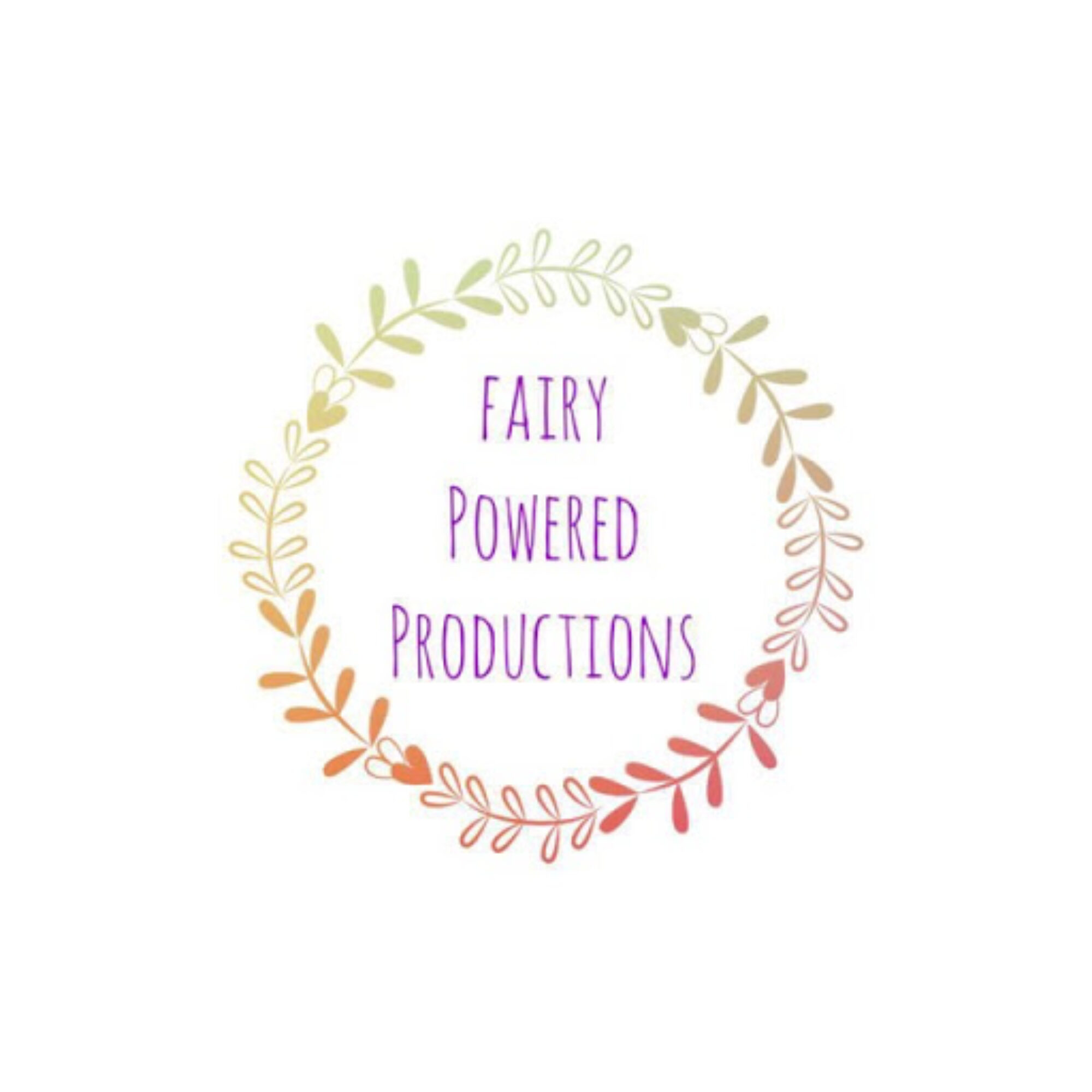The Lowry, Salford – until Saturday 13th October 2018
Reviewed by Julie Noller
4****
Placebo sees a welcome return to The Lowry for Clod Ensemble the cutting boundaries entertainment group led by director Suzy Willson and musically by Paul Clark. Together for over two decades they have developed shows that for most is a somewhat unusual approach to showcase works of art, questioning your body and soul.
Placebo for that very same reason intrigued me from the outset. How could we view dance and music in a scientific way, surely it can’t be defined so logically? Would I at the end of sixty minutes be looking inwards to myself any differently? Would I feel encouraged to open my senses, my mind to possibilities away from the so called normal parameters. So before I took my seat in the auditorium and looked upon a stark simple black stage with what appeared to be an awful lot of low level lighting. I had the discussions of what is a placebo? Many think it is a pill, simply will the blue or red pill make me feel better? A placebo as my teenager quite rightly specified is something which may make us feel better but may not have any proven medical benefits or proof. When I think of illness and placebos, firstly to mind is diseases such as cancer. This week sees World Mental Health week encourage us to speak out, not only that but in Manchester it is science week celebrating all those accomplishments and more. How do placebos affect our mental state of mind?
Clod Ensemble chose this ambitious theme to force us to ask the question of what is fake and what is real. Are any of us really qualified to answer that? Seven dancers invited us into their space, running a series of experiments. I went with expectation and curiosity of just how would dance combined with music affect my every day thought process. This is quite possibly where my review becomes disjointed and perhaps confused. At times I fully believed what I was watching, smiled and perhaps felt smug. I had an understanding and then seconds later I was lost had no idea if what I had seen or perceived to see was in fact what I was supposed to see. To step away from the science and those experiments for just one moment. We need to dissect the performance, there is no doubt that behind the scenes an incredible amount of research has been done to put together a fast paced somewhat amazingly relaxed show. The dancers themselves are uber talented and so very different each having skills that often left me open mouth in their sheer brilliance, how arm movements can look like strobe lighting, how shoulders can seem dislocated, bodies contorted as if in pain and suffering. Costumes that highlight differences in each and every one of us, how we all have suffered from the sheep effect of just following along with the pack and at times if we dare to break out, then we are shunned and left out in the wilderness. But it made me watch on in horror was this the human rat race? Who said we have to constantly join in? Burn out before our time? Take that break, accept the help; it’s okay to try.
We see the same dancers at times run through the same routine, each time the help failed and then on the fourth try, success and our dancer who writhed in pain manages to walk away; pain free. This may not be a show for everyone, but I’m curious to know if people with chronic illnesses see themselves throughout and perhaps feel drawn to elements of those experiments. Towards the end we are greeted by Marilyn Monroe, dressed to kill in tight pink dress, killer heels, a true blonde bombshell. She is smoking a cigarette. An act today that is rare to see, medically we now know cigarettes to be so bad for our health but at one time and not so long ago it was actively encouraged. It is an extremely clever choice of true life, to highlight the real or fake scenarios. How those masks come in all shapes and sizes, how we hide away, put on a façade, show the world outwardly what we perceive they want us to show. Marilyn no longer vulnerable but sexy and smart, sassy even. We all know years after the event that underneath her mask Marilyn was still vulnerable. Colours and sequins are used again with tremendous effect to highlight differences, you can’t see inside a head but dance is a great way for someone to express what they see or feel. Medical help may at times be refused, fail even. Dance and music are never thought of in terms of placebos or help, but they have such power to make even the saddest individual, feel or even smile.
I’m still after a nights sleep, working through my thoughts of what I witnessed on stage. Anything that questions the mind is surely a good thing! I encourage you to go and watch a highly energetic performance and then come away questioning those around you or noticing those around you, which for some will be a first. I only wish I had an ounce of the talent of those seven dancers, Brian Callet, Chihiro Kawasaki, Elisabeth Schilling, Nathan Goodman, Omar Gordon, Valarie Ebuwa and Yen-Ching Lin.
